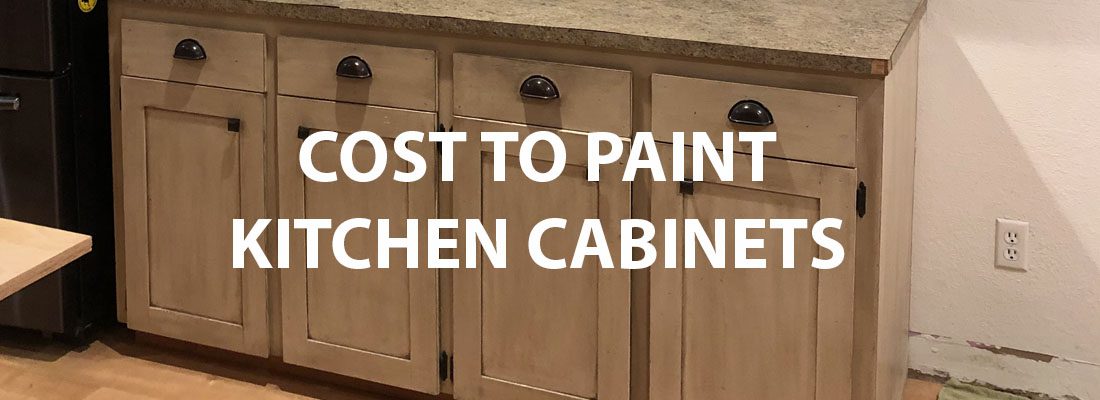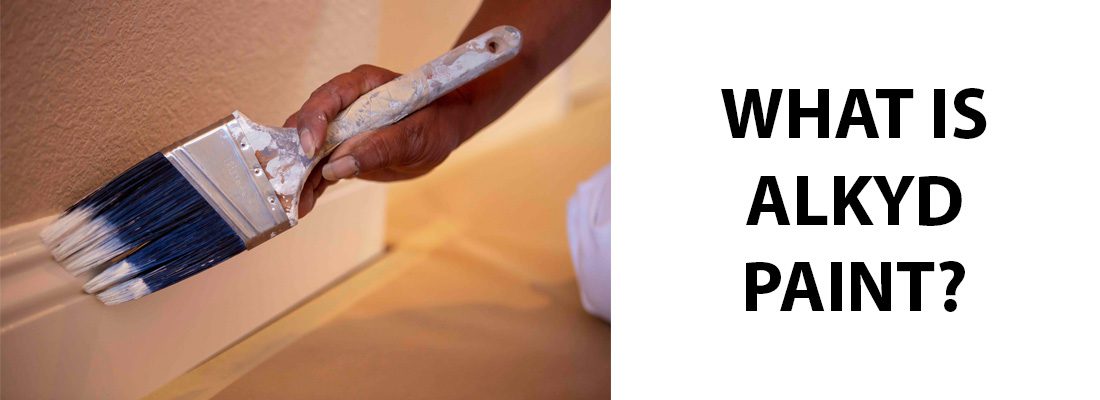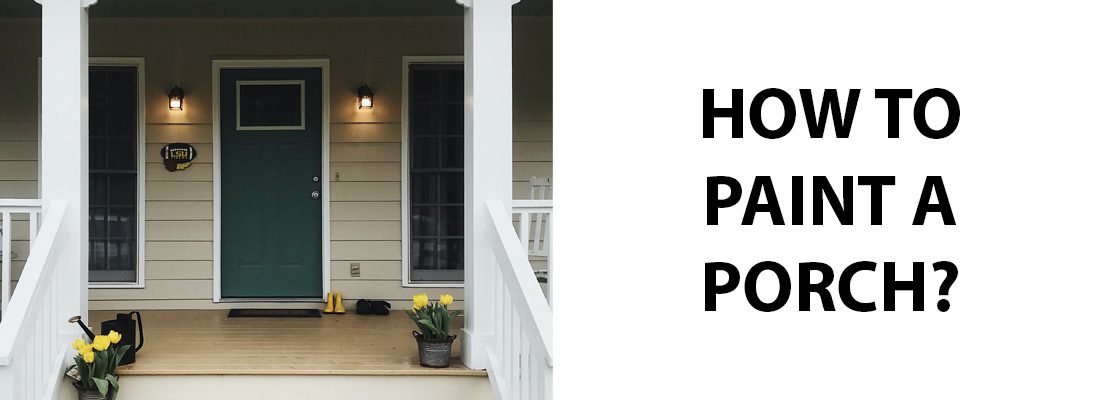When you’re taking on a large DIY painting project, you first need to consider what type of paint will be most appropriate. We’ve created an enamel versus latex paint guide to help you make the most educated decision. Your paint choice will largely depend on the type of surface you’re painting along with several other factors we’ll discuss later on. Continue reading to learn more about the pros and cons of enamel vs. latex and when it works best to use one over the other.
If you live in the Boise area and need a professional painter to paint your home, we’ll give you a free estimate! We serve all of Treasure Valley including Meridian, Boise, Eagle, and Nampa!
Matte Finish vs Satin and Gloss Finish
What are the Differences Between Enamel vs. Latex Paint?
The main difference between enamel and latex paint is that enamel paint is oil-based while latex paint is water-based. Enamel paints are slow to dry but dry hard. For this reason, enamel paints are your best choice for painting hard surfaces. Latex paints are the better choice when painting surfaces that might expand or need flexibility.
What is Enamel Paint Best For?
Enamel paint is typically used for painting exterior residential walls. Its hard, glossy finish makes it not the best choice for interior walls. If you live in an area with extreme climate and temperature changes, enamel paint may not be the best for outdoor use. It doesn’t have the give and flexibility that acrylic paint has.
Enamel paint is well-suited for kitchen cabinets, trim, doors, and other areas that may need to be cleaned frequently. But be sure to consider that enamel paint holds too high-gloss of a finish for interior walls and ceilings. Because of this, it has a tendency to show imperfections, roller marks, or uneven textures on your walls.
Now that you understand a little bit more about both kinds of paints, let’s go over the advantages of both enamel and latex:
Advantages of Using Enamel Paint
-
Longer Drying Time
A longer drying time may seem like a disadvantage. But in reality, when a paint takes more time to dry, it gives you more time to work with the paint to achieve a smooth finish.
-
More Flawless Finish
Enamel paint is known for its excellent coverage and smooth, flawless finish. Because of its oil base, it’s compatible with most building materials and is resistant to scratches, stains, and heat.
-
Easy to Clean
The more gloss or shine a finish has, the easier it is to wipe down and clean. Because of its hard finish, enamel paint works excellent for surfaces that need to be wiped down often as it’s resistant to moisture. It can be used on surfaces such as metal, glass, copper, wood, plastic, and walls.
-
Waterproof
This type of paint is known for its washable and glossy finish and durable properties against moisture.
Should You Paint Or Install Floors First?
What is Latex Paint Best For?
Latex paints are most often used to paint larger surface areas in homes such as interior walls and ceilings. Because it’s water-based and less toxic than oil-based paints, it’s the best choice for areas where you and your family will be residing.
Advantages of Using Latex Paint
-
Budget-friendly
When you need to cover a large amount of surface space such as interior walls, latex is a less expensive option than enamel.
-
Ideal for Unprimed Drywall
If you’re planning to paint on unprimed stonewall, brick, or drywall, latex is your best choice.
- Best on Surfaces Already Painted with Latex
Surfaces that have previously been painted with some kind of latex paint will look better when repainted with another latex application.
Factors to Consider when Choosing Enamel vs. Latex Paint
-
Interior vs. Exterior Use
Latex paint is ideal for use on interior walls and ceilings. The matte type finish has just the right amount of sheen for an aesthetic and modern look. Because latex paint has a less durable and hard finish, it’s less suitable for outdoor or exterior use.
Enamel paint is better suited for outdoor use. While it has a tendency to fade or yellow over time, choosing a neutral enamel paint color will be less likely to fade. This would include earthy tones such as tan, cream, or taupe.
-
Finish
If you want to stick with an eggshell or matte finish, you should choose latex paint for your project. If you feel a hard and glossy finish is best, go with enamel paint for your project. Enamel paint is available in a satin, semi-gloss, and high-gloss finish. These sheens are best for high durability and areas of wear and tear.
-
Drying Time
It’s important to keep in mind that latex paint dries fast, motivating you to paint quickly. Enamel paint takes quite a bit longer to cure giving you more time to create the perfect finish.
-
Paint Odor and Fumes
If you’ve ever painted in an enclosed space, you know just how powerful and irritating paint fumes can be. Latex paint gives off a mild odor which makes it the better choice for larger interior projects. On the other hand, enamel paint gives off much stronger fumes and should be reserved for smaller projects or outside use.
-
Cleanup
No one likes the cleanup portion of a project. But because latex paints are water-based, the cleanup will likely require only water and some rags. Enamel paints however, need paint thinner for cleaning out brushes and areas where paint has spilled or splattered.
Is Enamel Paint Waterproof?
Yes, enamel paint is waterproof. However, that doesn’t necessarily mean it’s the best outdoor paint option. Because enamel paint tends to dry to a harder finish, it can become brittle and crack on a surface that may expand and contract when temperatures change.
Is Latex Paint Waterproof?
Latex paint is also water resistant. Unlike enamel paint, latex paint dries with some give and flexibility, making it another option for exterior use.
The Enamel Vs. Latex Paint Guide Conclusion
There is a time and a place for both enamel and latex paints. Determining what type of finish or sheen is best for your project will ultimately make your
decision easy. Go with latex paint when a matte or eggshell finish is desired or enamel paint when a satin or high gloss finish seems appropriate. If you’re looking for a respected residential or commercial painting contractor in the Boise area, get in touch with Boise Home Painting. We are a family-owned business that has years of experience painting throughout the entire Treasure Valley. Both interior and exterior painting are big jobs to take on. Why not turn it over to the professionals who will guarantee their work? Give our office a call today!





